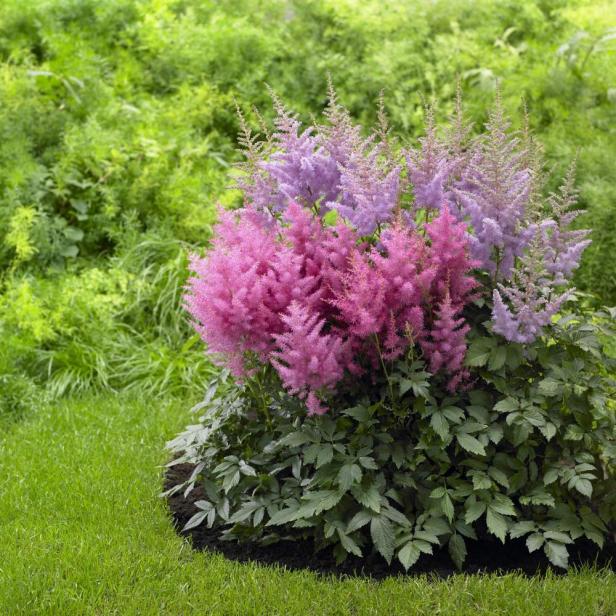Understanding the Sunlight Needs of Roses
Roses are one of the most popular and iconic flowers in the world, but they require specific conditions to thrive. Sunlight is one of the most critical factors in rose bush care, and understanding its importance is crucial for optimal growth and blooming. While many people assume that all roses need full sun, this is a common misconception. In reality, the amount of sunlight a rose bush needs can vary greatly depending on the specific variety, climate, and region. So, do rose bushes need full sun? The answer is not a simple yes or no. Sunlight affects every aspect of a rose bush’s life, from photosynthesis to flower production. Without sufficient sunlight, roses may become leggy, weak, and prone to disease. On the other hand, too much sunlight can cause heat stress, leading to scorched leaves and flowers. By understanding the sunlight needs of roses, gardeners can provide their plants with the ideal conditions for optimal growth and blooming.
What Constitutes Full Sun for Roses?
When it comes to rose bush care, understanding what constitutes full sun is crucial. Full sun for roses typically means receiving at least six hours of direct sunlight per day. However, this can vary depending on the region and climate. In warmer climates, roses may require some afternoon shade to prevent heat stress, while in cooler climates, they may need more direct sunlight to thrive. It’s also important to note that the intensity of sunlight can vary depending on the time of day and season. For example, morning sunlight is often gentler than afternoon sunlight, which can be more intense. Do rose bushes need full sun? While many roses can tolerate full sun, some varieties may require partial shade to perform optimally. By understanding the specific sunlight needs of your rose bushes, you can provide them with the ideal conditions for optimal growth and blooming.
How to Determine the Right Amount of Sun for Your Rose Bush
Assessing the sunlight conditions in your garden is crucial to determine the right amount of sun for your rose bush. To do this, observe the area where you plan to plant your rose bush throughout the day. Take note of the following factors: tree shade, building obstruction, and window reflection. Tree shade can provide dappled shade, which can be beneficial for roses that prefer partial shade. Building obstruction can cast shade, especially during certain times of the day. Window reflection can also increase the amount of sunlight your rose bush receives. Consider the direction your garden faces and the time of year. In the summer, the sun is higher in the sky, and in the winter, it is lower. This can affect the amount of sunlight your rose bush receives. By taking these factors into account, you can determine whether your rose bush will receive full sun, partial shade, or a combination of both. Remember, do rose bushes need full sun? Not always, and understanding the specific sunlight needs of your rose bush is key to its success.
The Benefits of Partial Shade for Roses
While many rose enthusiasts believe that do rose bushes need full sun, the truth is that partial shade can be highly beneficial for these plants. Providing partial shade for rose bushes can have several advantages, including reduced heat stress, improved soil moisture, and increased flower longevity. In warmer climates, full sun can cause rose bushes to become stressed, leading to scorched leaves and reduced blooming. By providing partial shade, rose bushes can thrive in these conditions, producing more vibrant and healthy blooms. Additionally, partial shade can help retain soil moisture, reducing the need for frequent watering. This is especially important for rose bushes planted in well-draining soil, which can dry out quickly. Furthermore, partial shade can increase the longevity of rose blooms, allowing them to remain vibrant and colorful for longer periods. By understanding the benefits of partial shade, rose enthusiasts can create a more ideal environment for their plants, promoting healthy growth and blooming.
Rose Varieties That Thrive in Partial Shade
While many rose enthusiasts believe that do rose bushes need full sun, some rose varieties can actually thrive in partial shade. English roses, for example, are known to tolerate partial shade and can produce beautiful, fragrant blooms in shadier conditions. Climbing roses are another variety that can benefit from partial shade, as they can use nearby structures to provide support and shade. Shrub roses, such as Knock Out and Drift roses, are also suitable for partial shade and can produce vibrant blooms with minimal maintenance. Additionally, some old garden roses and romantic roses can also tolerate partial shade, making them ideal for gardens with limited sunlight. By understanding which rose varieties can thrive in partial shade, gardeners can create a beautiful and thriving rose garden, even in areas with limited sunlight.
Creating a Sun-Friendly Environment for Your Roses
To ensure optimal growth and blooming, it’s essential to create a sun-friendly environment for your rose bushes. This starts with soil preparation, as roses thrive in well-draining soil with a pH between 6.0 and 6.5. Adding organic matter such as compost or manure can help improve soil structure and fertility. When it comes to watering, roses need consistent moisture, especially during the first year after planting. Aim to provide about 1 inch of water per week, either through rainfall or irrigation. Fertilization is also crucial, as roses are heavy feeders. A balanced fertilizer applied in early spring and again in mid-summer can promote healthy growth and blooming. Additionally, consider the orientation of your rose bushes, as south-facing slopes receive more direct sunlight than north-facing slopes. By creating an ideal environment, you can help your rose bushes thrive, regardless of whether they require full sun or partial shade. Remember, do rose bushes need full sun? Not always, but they do need the right conditions to flourish.
Common Mistakes to Avoid When Planting Roses in Full Sun
When planting roses in full sun, it’s essential to avoid common mistakes that can hinder their growth and blooming. One of the most critical mistakes is inadequate soil preparation, which can lead to poor drainage and nutrient deficiencies. Insufficient watering is another common error, as roses need consistent moisture to thrive. Poor air circulation can also be detrimental, as it can lead to fungal diseases and pest infestations. Additionally, failing to provide support for climbing roses or neglecting to prune them regularly can result in weak and leggy growth. By being aware of these common mistakes, gardeners can take steps to avoid them and create a thriving rose garden, even in full sun. Remember, do rose bushes need full sun? While some do, others prefer partial shade, so it’s crucial to understand the specific needs of your rose variety.
Conclusion: Finding the Perfect Balance of Sun and Shade for Your Roses
In conclusion, understanding the sunlight needs of rose bushes is crucial for their optimal growth and blooming. While some rose varieties do require full sun, others prefer partial shade, and it’s essential to determine the right amount of sun for your specific rose bush. By avoiding common mistakes and creating a sun-friendly environment, gardeners can help their roses thrive. Remember, do rose bushes need full sun? Not always, and finding the perfect balance of sun and shade is key to unlocking the secrets of rose bush care. By providing the right amount of sunlight, gardeners can enjoy a bounty of beautiful blooms and a healthy, thriving rose garden.


:max_bytes(150000):strip_icc()/formula-for-growing-rose-bushes-2132676-hero-3a3a78369b844bad977f458e14ed3555.jpg)






